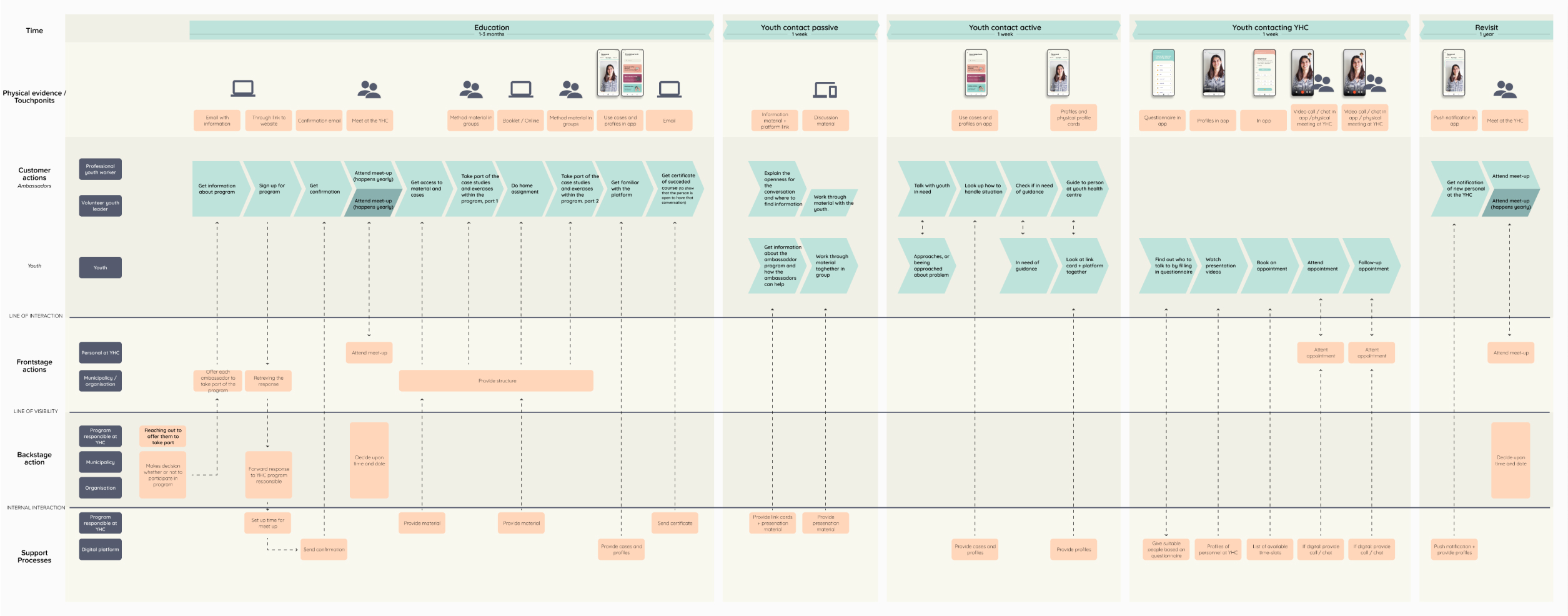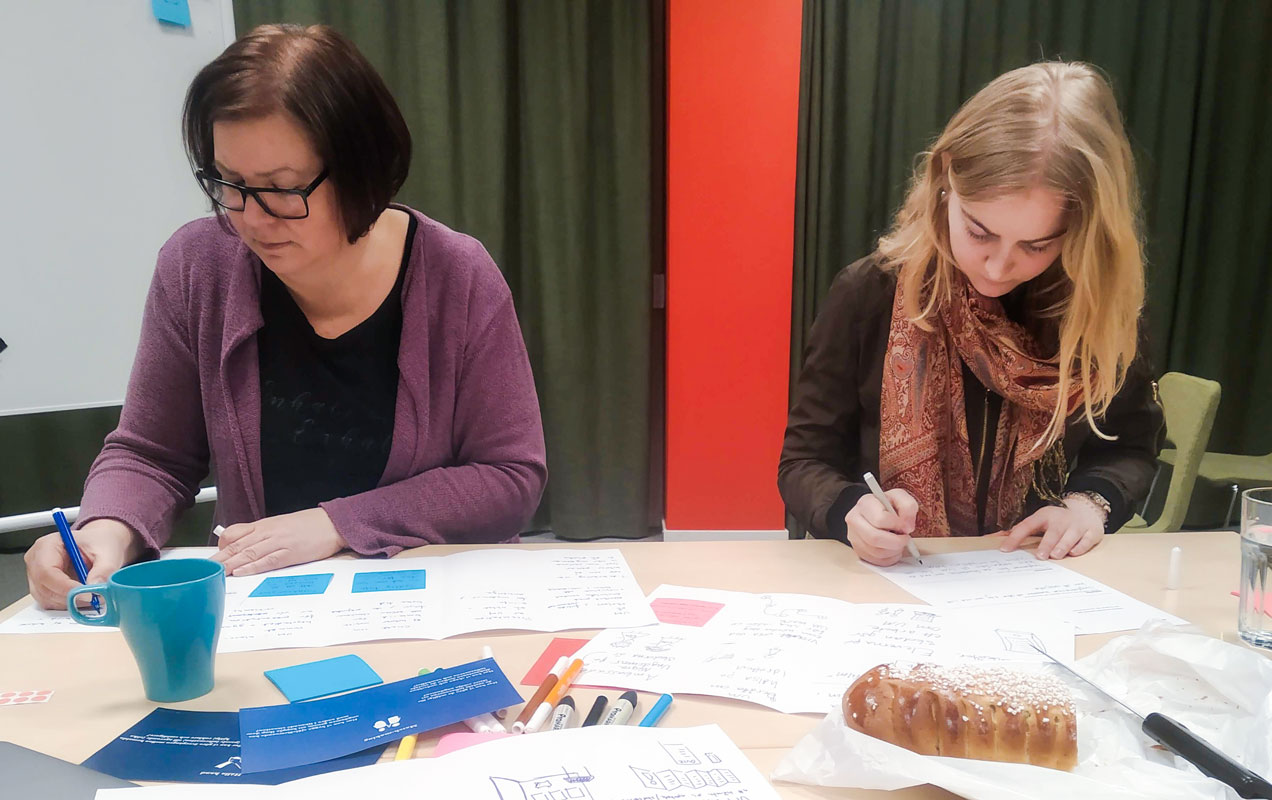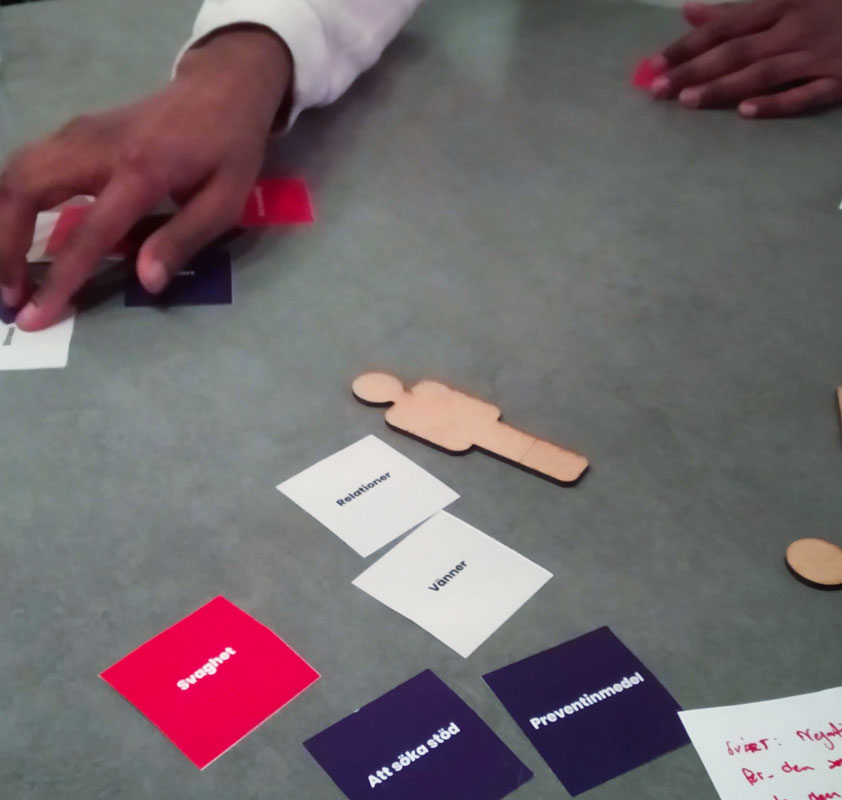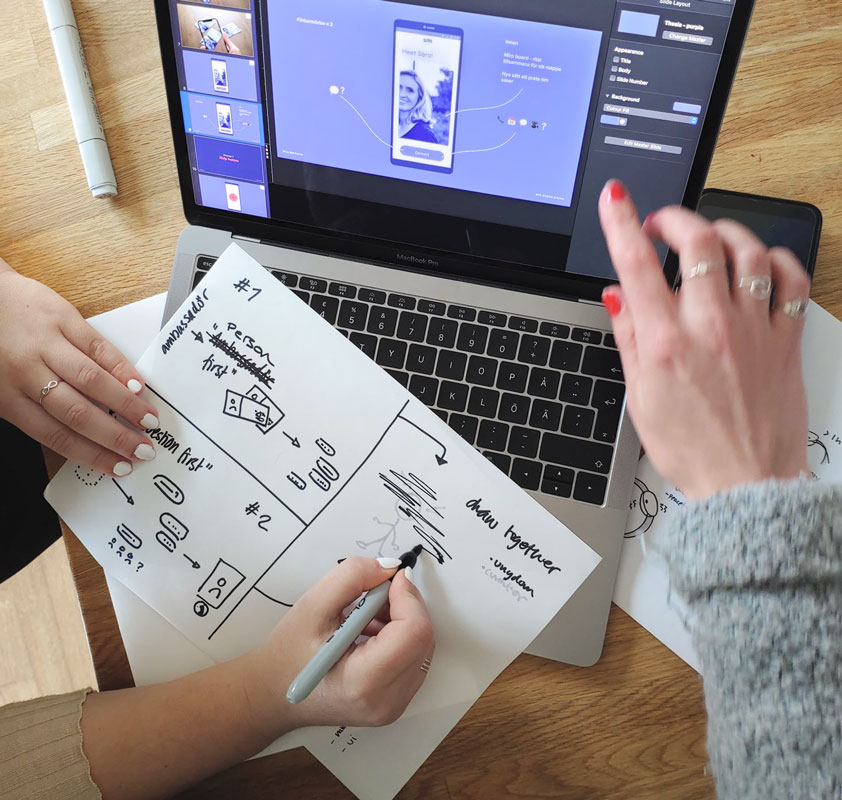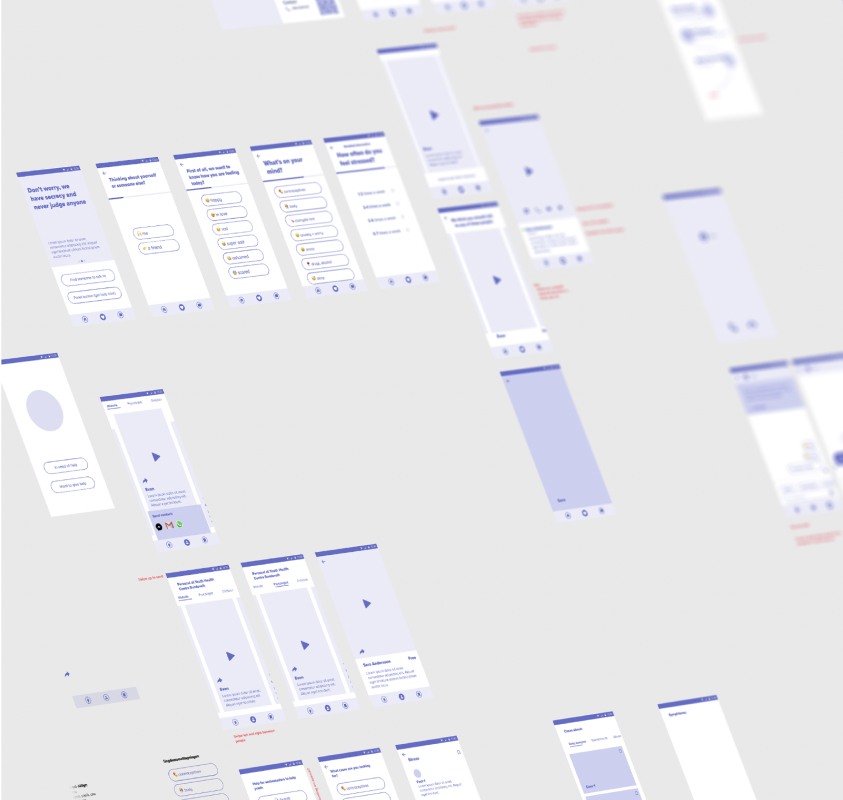Adding an extra human touch to youth healthcare
MFA Thesis – Umeå Institute of Design
2020, 20 weeks
In my master’s thesis, I focused on how stigmas and taboos surrounding youth health centers in Sweden might be hindering young people from visiting them. I explored how to lower the threshold of asking for help by involving the informal support systems.
In collaboration with Ungdomsmottagningen Sundsvall.
How can youth feel more comfortable seeking help at a youth health centre?

The youth health centers (Ungdomsmottagning in Swedish) often are the first independent contact teens have with the healthcare system. It’s a good place to turn, with professionals specialising in adolescent health. But many teens in Sweden have limited knowledge about the youth health centers’ range of services. Due to stigmas, norms, and taboos surrounding them, they might also not dare to visit the health centers. For instance, regarding mental health, family issues, abuse, violence, or depression.
So what would it take for them to feel more comfortable seeking help?
This is UM Snacka
UM Snacka is an ambassadorship and platform for youth leaders and youths. It aims to bridge the three stakeholders; ambassadors, youth, and the youth health center.
It consists of a learning platform for ambassadors, link cards, and a youth-facing platform

Ambassador platform

Link cards

Youth platform
Empowering existing social influences to guide and support
There are both triggers and barriers in the help-seeking process. Through interviews and workshops, it became clear that guidance from social influences plays an important role. Therefore they require the proper means to give the support that’s needed.
This concept empowers youth leaders and coaches, already part of the youths’ lives, to guide and support them in the help-seeking process.
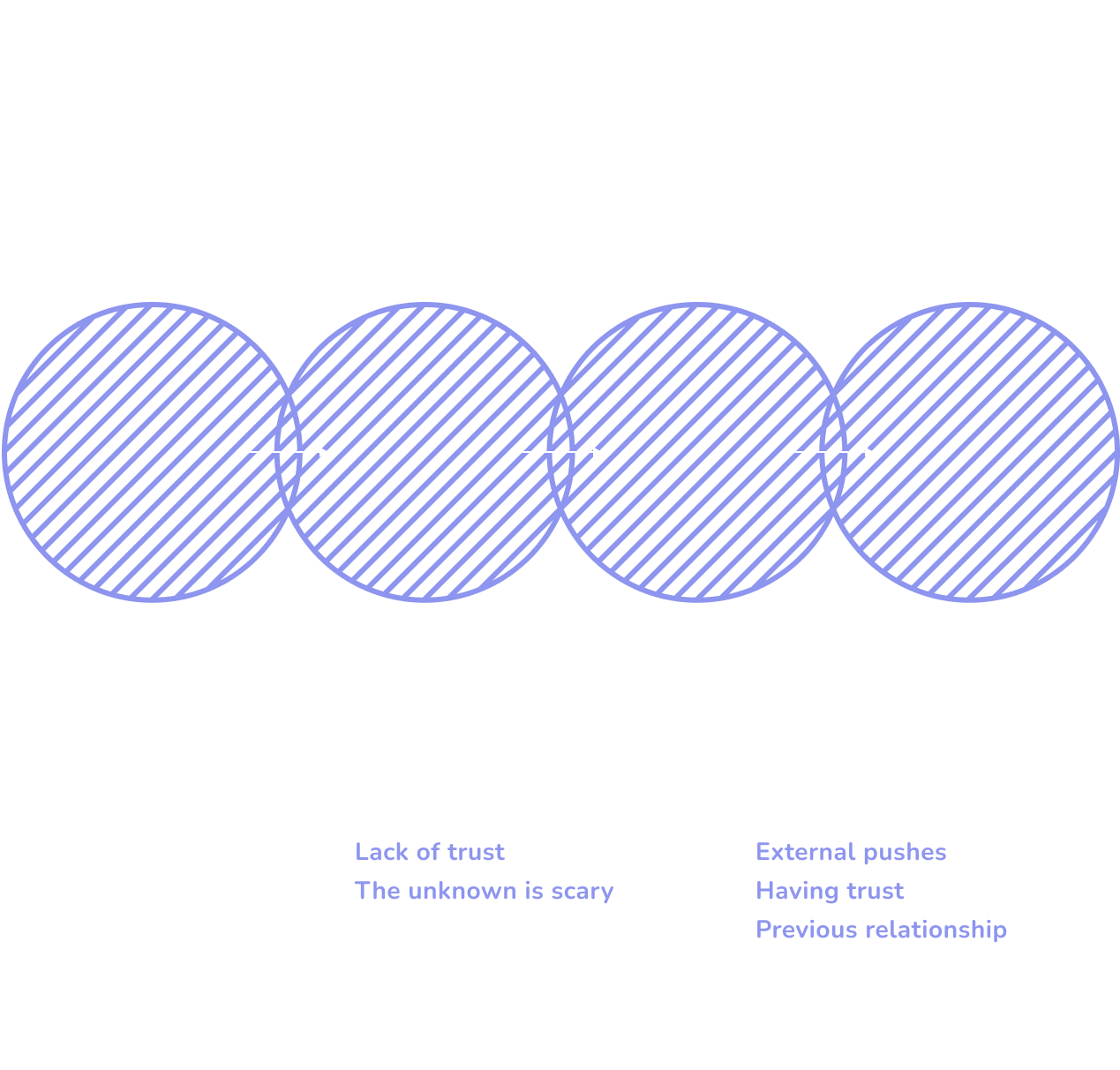


Ambassador platform
Getting to know the people that are there to help
A crucial part of the concept is to build personal relationships. The ambassador platform includes a link base that offers contact information and video presentations of the local youth health center personnel. The profiles can be shared with the youth.
Link cards
Create trust through personal connections and referrals
The ambassadors are provided with link cards (physical and digital). The cards are used to spark conversation and to refer to a specific person at the YHC. It includes information about the person and a link (QR-code) to the video profile.
The personnel profiles prepare, build trust, and humanise the help-seeking process by personifying the people behind the institution.
Youth platform
Account for multiple personalities
The youth-facing platform offers two entry points. One is to scan the link cards and instantly get referred to that person. The other is to get “matched” with personnel by answering a few questions about their general
well-being and about their current issue.
“Everyone is different – this means that not everyone is comfortable with the same conversation or the same modality of contact” – midwife
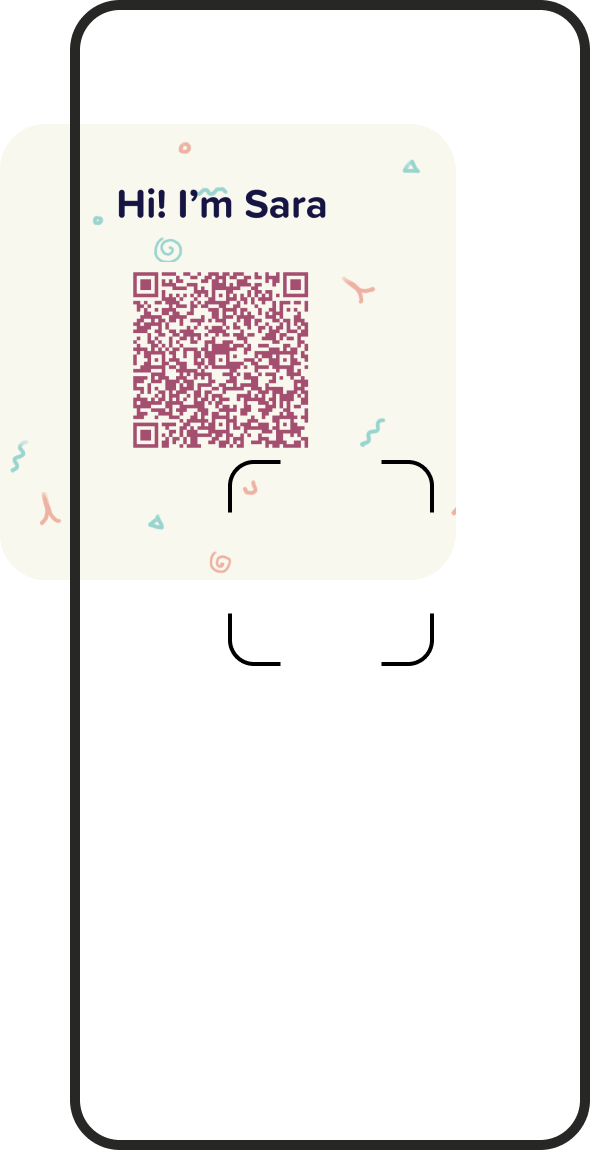
Entry point 01
Scan QR code
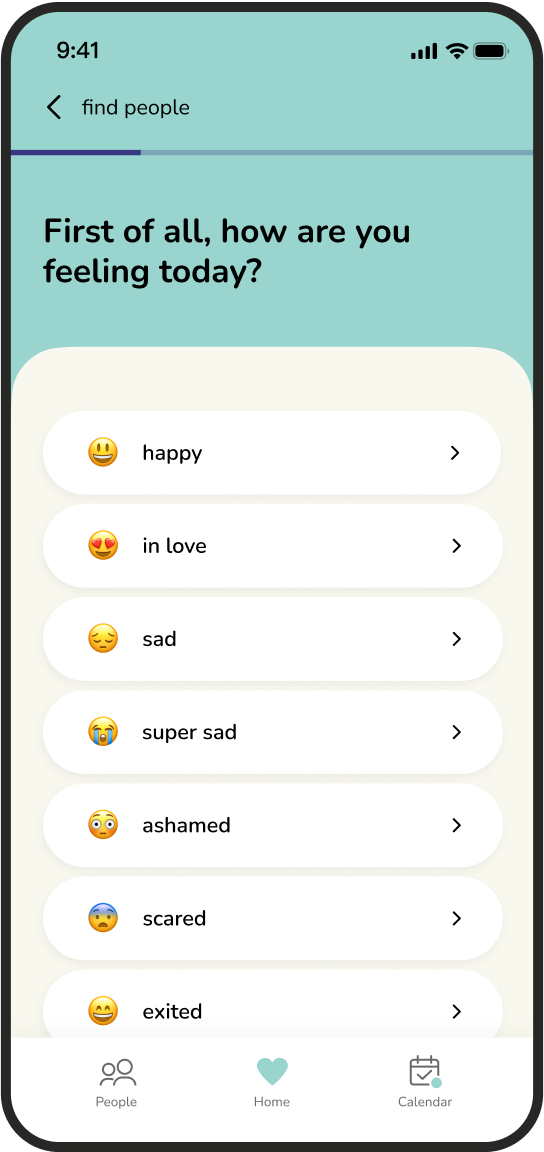
Entry point 02
Youth fills in a questionnaire to find the right people to talk to.
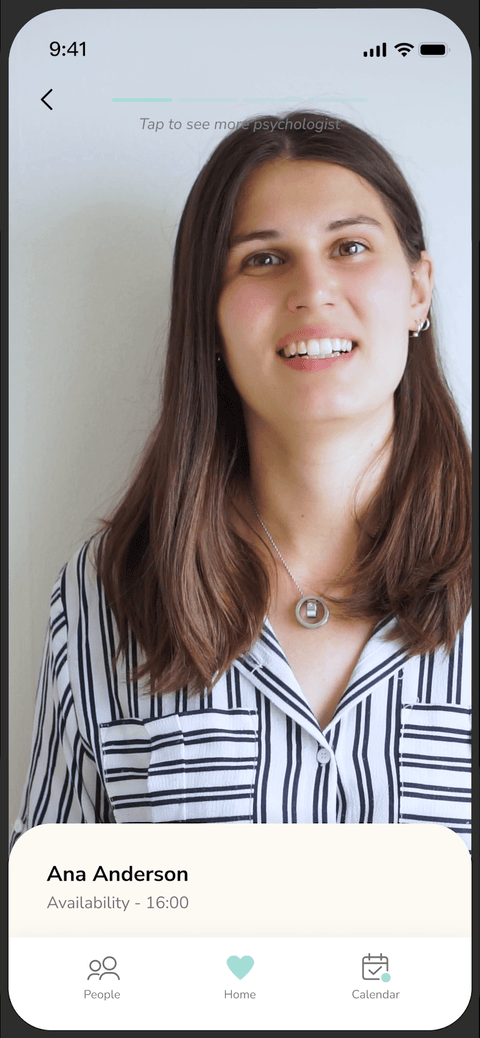
Watch a video presentation of the personnel to build connection and trust.
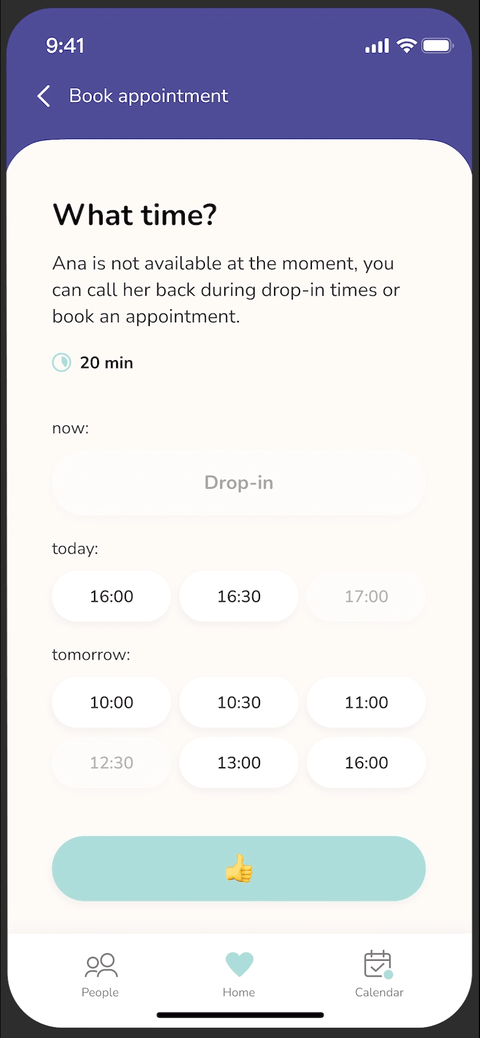
Book an appointment with the person you want to talk to.
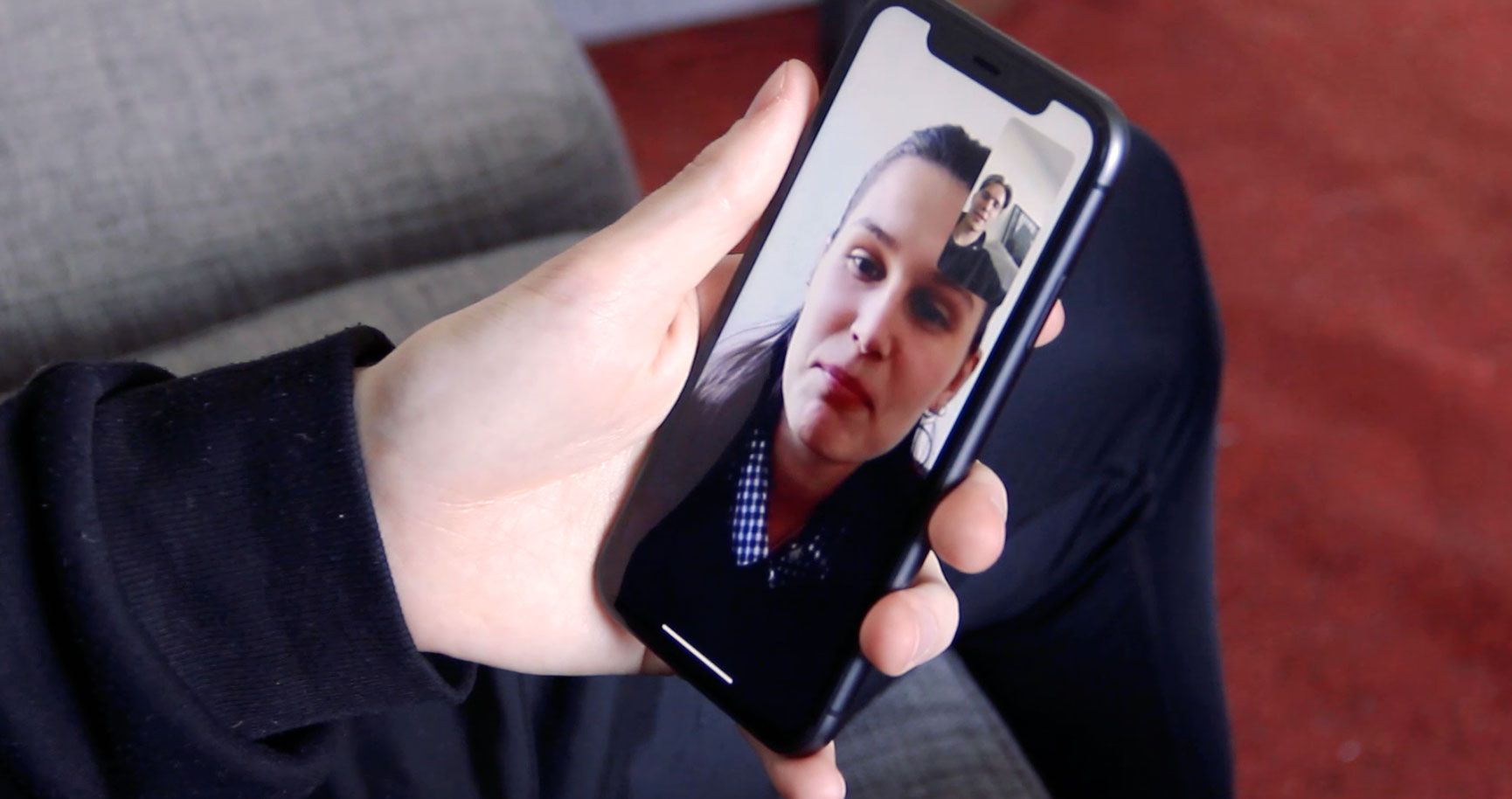
How it works

Ambassadors gets to know who can help.

Give personal support when it’s needed.

Create connections between youth and YHC through the link cards.

The youth is getting in touch with the youth health center.
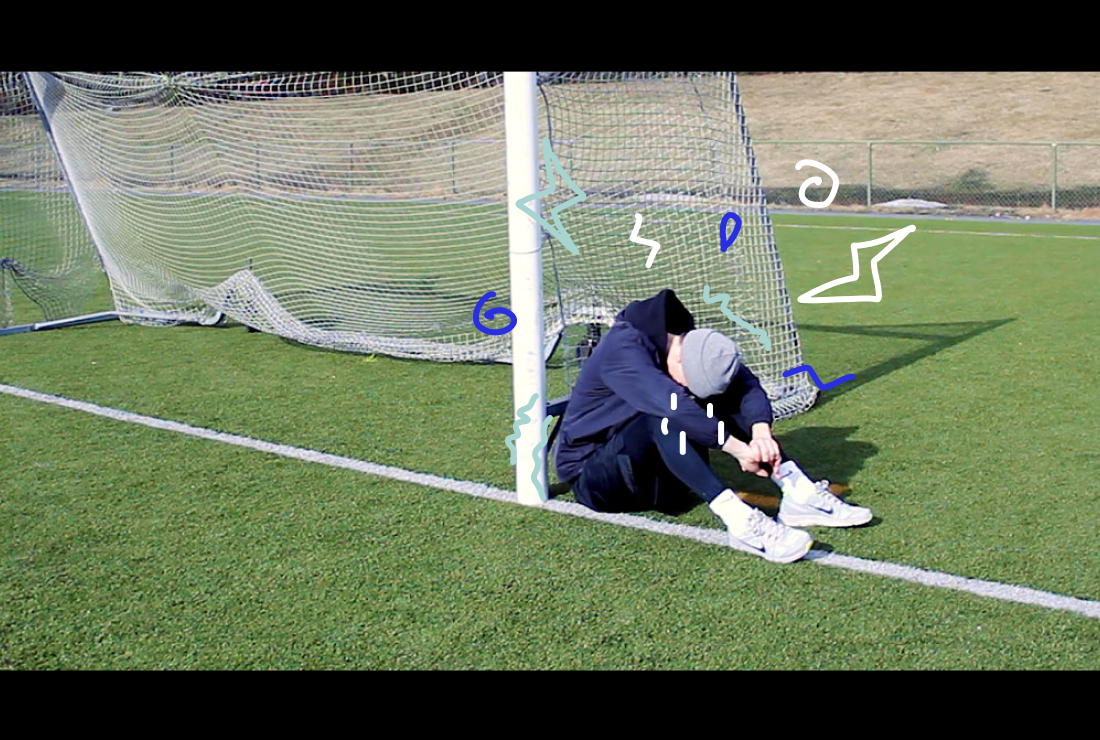
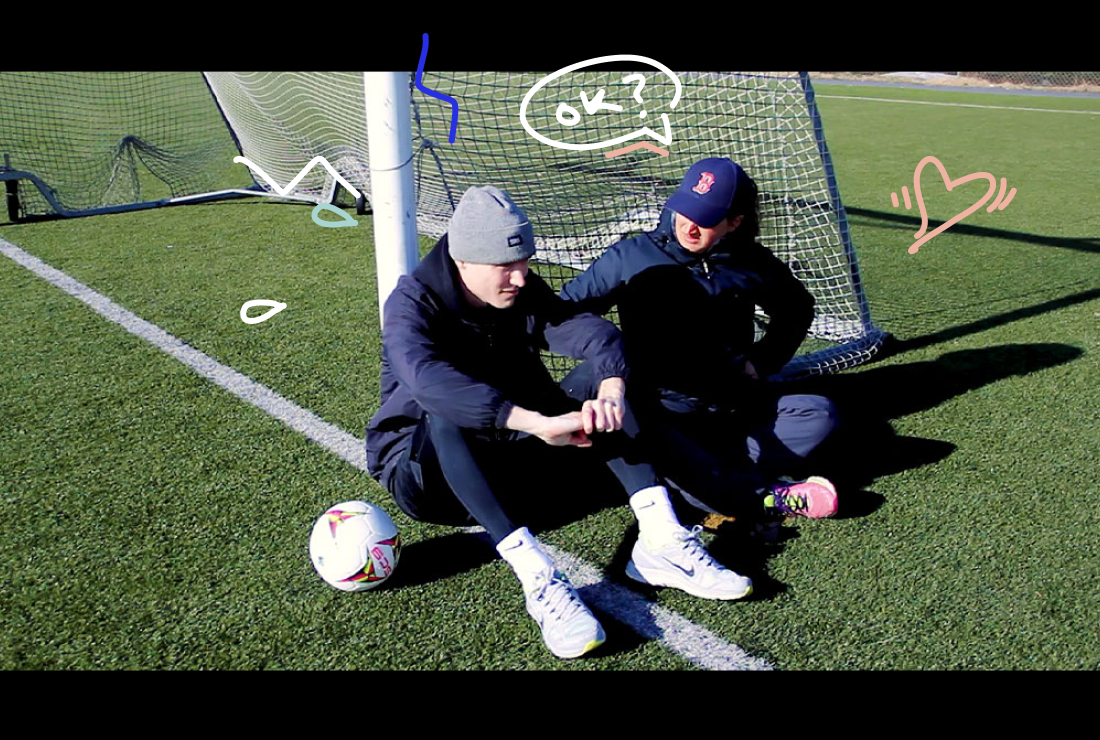
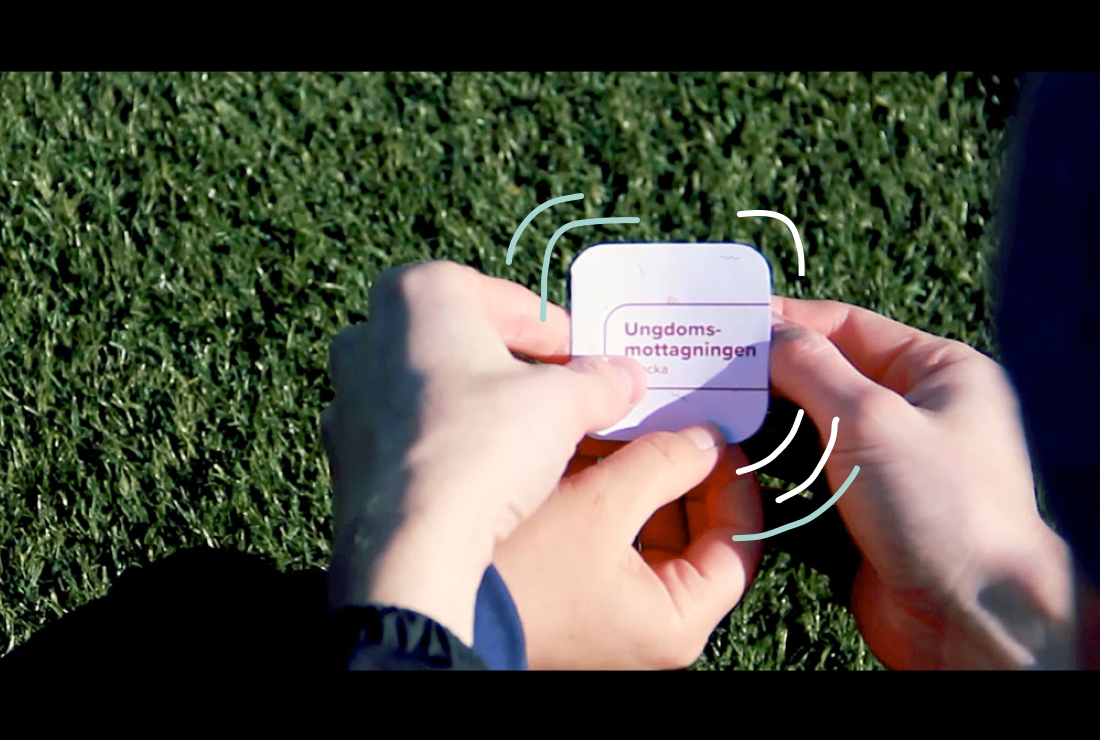
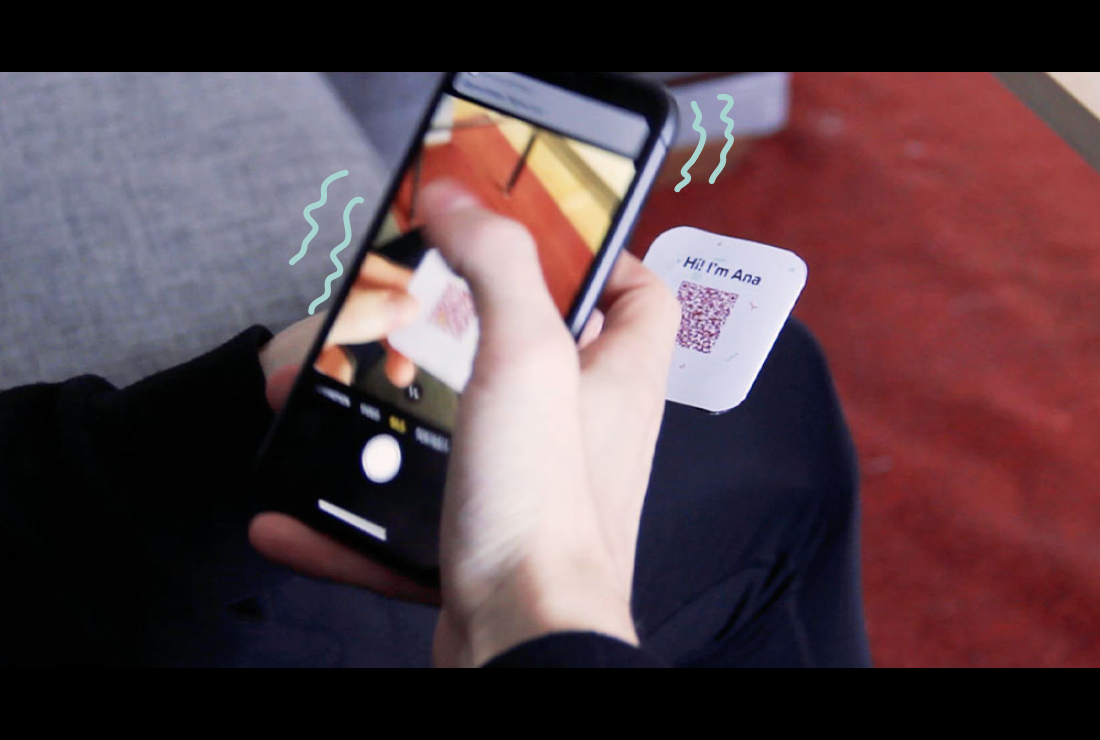

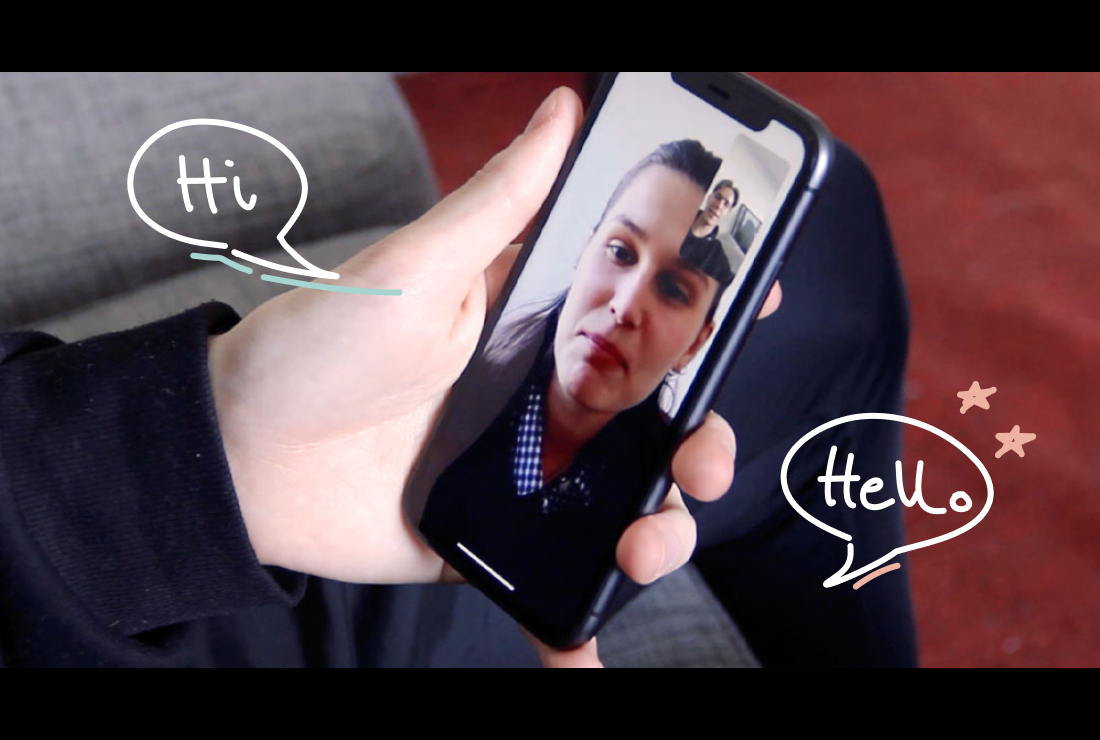
Familiar ux patterns and trustworthy brand language
To further lower the threshold, the digital user experience needed to be seamless and feel in-official yet trustworthy. After all, it is a health centre, and the brand language requires some of the seriousness that comes with it. It should feel warm and welcoming, utilising UX patterns already normalised with teens.
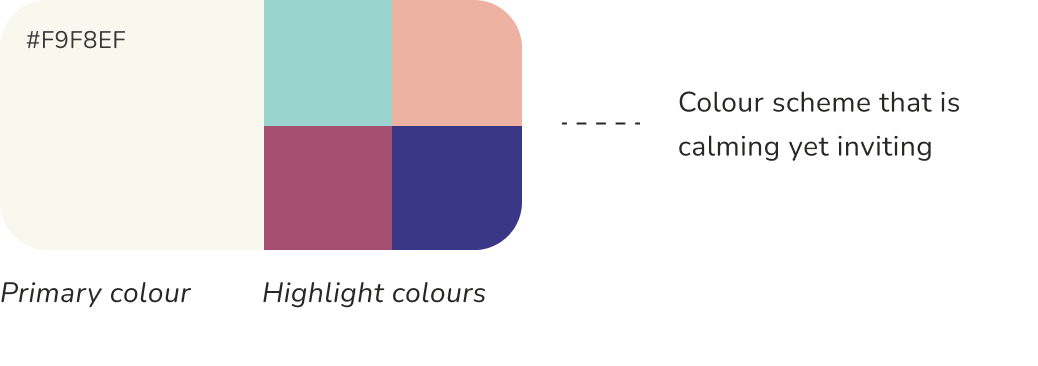
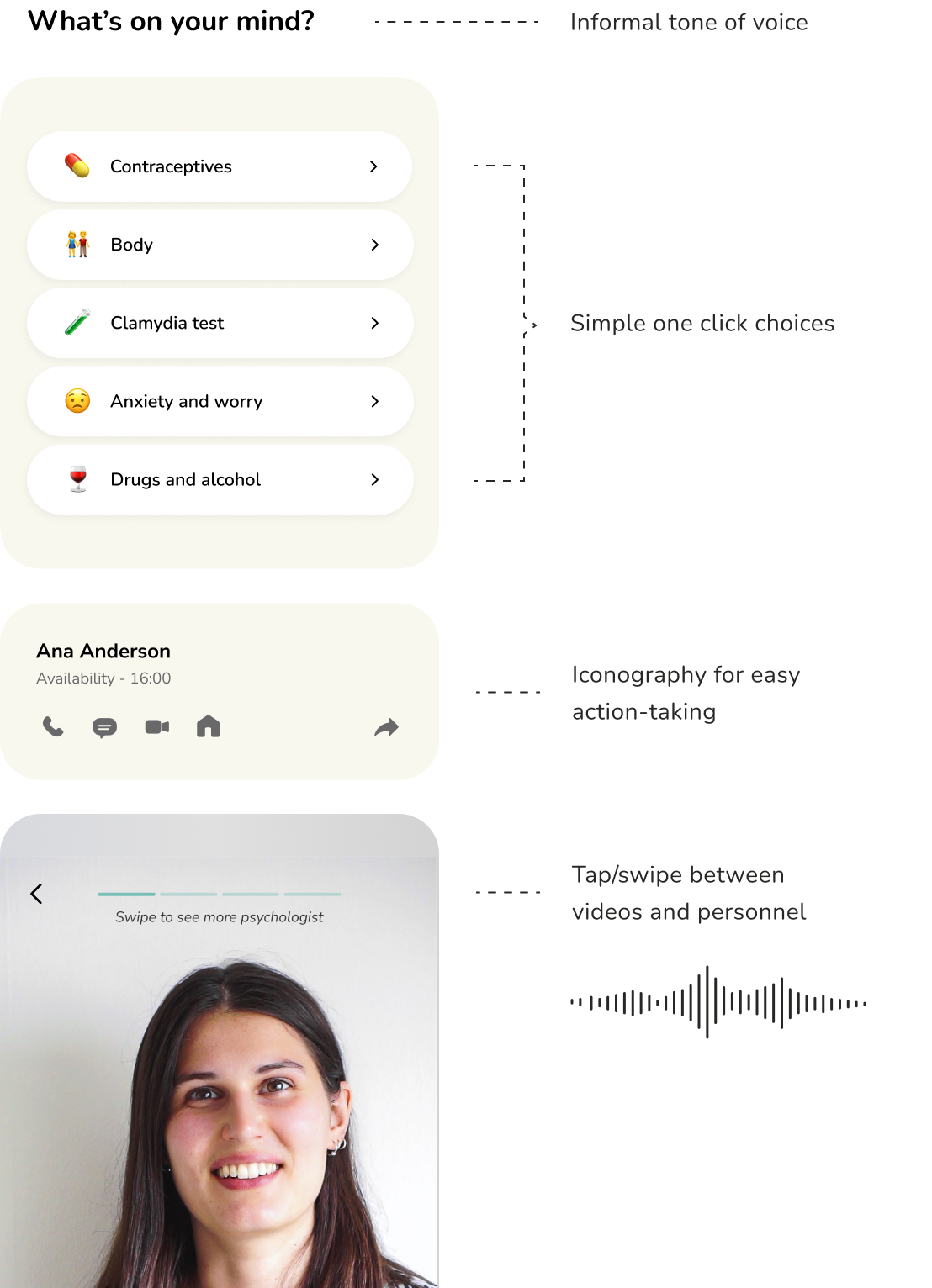
A human centered design process
While using a human-centered design approach, I’ve involved adolescents, midwives, and youth workers among others, to find opportunities where interaction design can improve their situation. I used methods such as interviewing, probing, and workshops. I also spent many hours hanging out at youth
centers to really immerse myself and have more casual conversations. It was important that all stakeholders where included throughout the entire process, from research to concept building, and user testing, to ensure the result would be something they all feel comfortable with.
